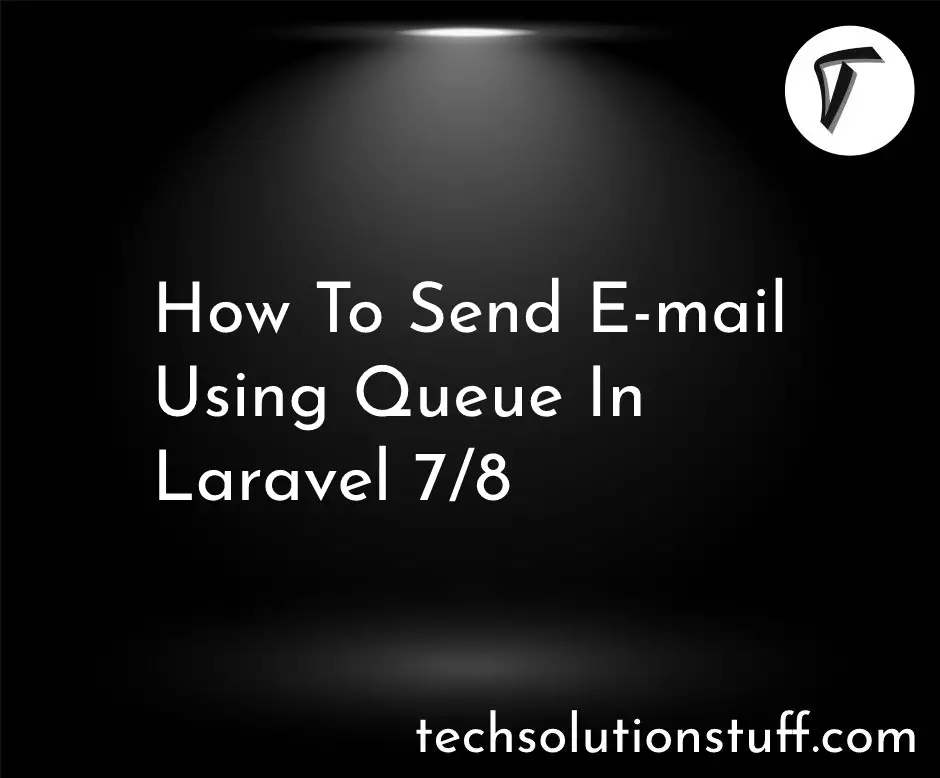Laravel Accessor and Mutator Example
In this article, we will see laravel accessor and mutator examples. here we will see what is accessor and mutator, how to use the accessor and mutator with example. laravel mutator is used to set attribute, laravel accessor is used to get attribute in laravel, below I have added more information of accessor and mutator with example
So, let's see laravel 8 mutator, laravel 8 accessor, laravel accessor with parameter.
Accessors create a dummy attribute on the object which you can access as if it were a database column. So, if your database has a user table and it has FirstName and LastName column and you need to get your full name then it will be like.
Syntax of Accessors :
get{Attribute}Attribute
Example :
public function getFullNameAttribute()
{
return $this->FirstName. " " .$this->LastName;
}
After that, you can get the full user name with the below accessors.
{{ $user->full_name }}
Mutator is used to set the value of the attribute. A mutator transforms an Eloquent attribute value when it is set.
How to define a mutator,
set{Attribute}Attribute
above method on your model where {Attribute} is the "studly" cased name of the column you wish to access.
Example :
<?php
namespace App\Models;
use Illuminate\Database\Eloquent\Model;
class Register extends Model
{
/**
* Set the user's first name.
*
* @param string $value
* @return void
*/
public function setNameAttribute($value)
{
$this->attributes['name'] = strtolower($value);
}
}
Now you can use this in your controller.
use App\Models\Register;
$register= Register::find(1);
$register->name = 'Techsolutionstuff';
You might also like :
- Read Also : Laravel REST API CRUD Tutorial
- Read Also : Laravel 8 Generate PDF Using DomPDF
- Read Also : How To Create Cron Job Schedule In Laravel 7/8
- Read Also : How to Create Multi Language Website in Laravel








